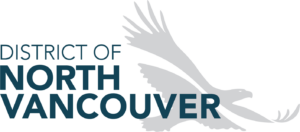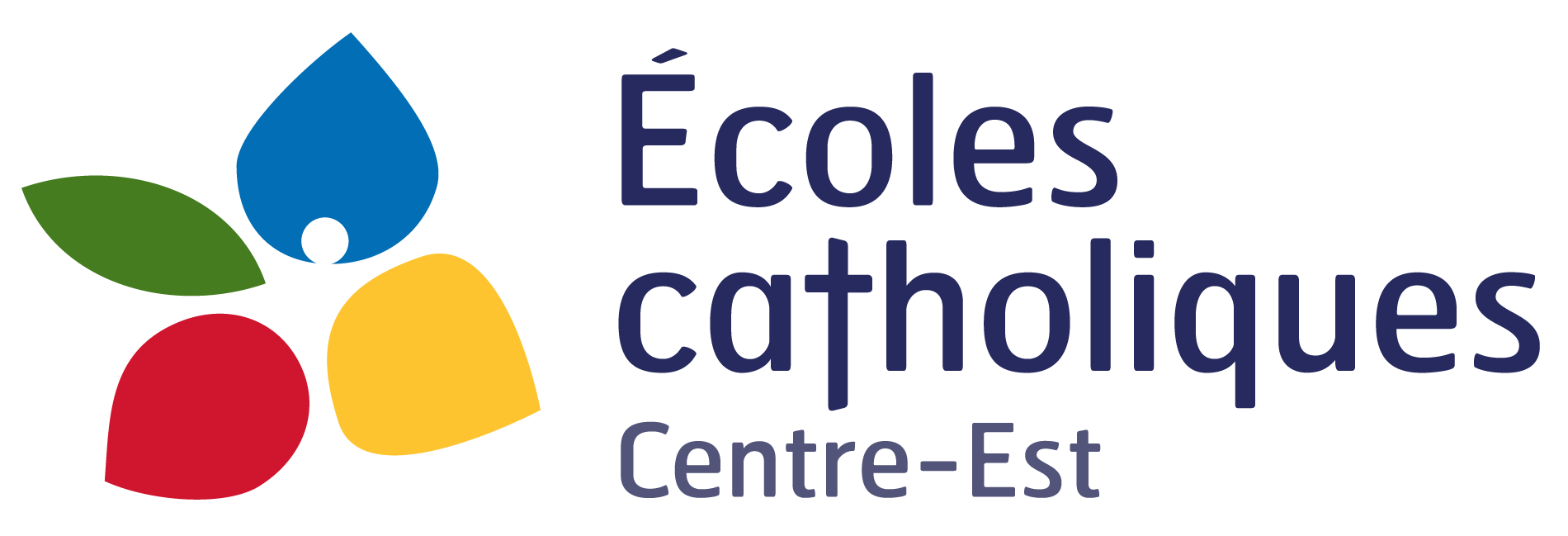The District of North Vancouver is a municipality in British Columbia, Canada, and is part of Metro Vancouver. Home to vast parkland and attractions including Grouse Mountain, Lynn Canyon and Capilano Suspension Bridge, the District of North Vancouver is inspired by nature, and enriched by its growing population of approximately 90,000 residents.
CHALLENGES
The District of North Vancouver has over two dozen physical locations requiring telephony services, ranging from district hall, fire halls, libraries, administration, an ecology center, and a golf course. Their legacy PBX environment featured many complexities and as they were already using Microsoft Teams, they decided to switch to Microsoft Teams telephony. Once the Microsoft Teams Voice migration was completed, the District of North Vancouver decided to tackle another ambitious task that required further customization and automation.
The District of North Vancouver has an emergency after-hours phone line published on their website. Under normal circumstances, this phone number redirects the caller to an external dispatch service, which then contacts relevant district staff to address the incident. During a large-scale emergency or disaster though, the district requires an enhanced level of control and co-ordination of staff; this is achieved by enacting the internal Emergency DOC (Dispatch Operations Center), which consists of a group of leaders from each of the district’s departments.

SOLUTION
The District of North Vancouver wanted to create a custom application embedded into a Team tab, that would allow its non-Microsoft Teams administrators to manually redirect the auto attendant call flow destined for the external emergency dispatch service to the internal Emergency DOC queue in the event of disaster.
Providing non-admin controls to auto attendant settings is not native to the Microsoft Teams environment and had to be overcome to reach parity with the existing phone system that they migrated from. Softlanding stepped in, leveraging the ‘Do More with Less’ methodology to create and build a secure Power Apps application that allowed the team members to set and reset the emergency call routing on a set schedule, with an optimal text-to-speech greeting.

RESULTS
This two-phased project has allowed the implementation of a complete end-to-end Teams Voice solution and demonstrates the powerful capabilities of Microsoft Teams when it is leveraged as a platform.
Microsoft Teams Utilization
- The Teams-embedded Power App is currently available to all DOC Leaders
- The emergency after-hour line is available to 90,000 residents
Time Saving for the IT Team
The Microsoft Teams administrators no longer have to adjust the holiday schedules in auto-attendants. The district’s leaders (DOC) can access and adjust the schedules as needed which frees IT resources but also removes the risk placed in their hands in the event of a sudden disaster.
User empowerment
The use of Power Apps, to allow users to manipulate call flows in Microsoft Teams, fits the district’s strategy of empowering staff to be self-sufficient with the technologies they utilize. In the past, IT closely controlled and configured all systems, making them gatekeepers for technology. Providing solutions like this one to their staff is transforming how the organization sees IT’s role, from one of being a service provider to that of a partner.


“The flexibility and accessibility of Microsoft Teams Voice was already a game changer for our staff. Being able to collaborate with Softlanding on bringing this Power App to our staff, to empower them to control their call flows at the click-of-a-button, that’s next level. Projects like this one really demonstrate to the organization the power and possibilities of the Microsoft Modern Workplace.”
Matthew McIntosh, Manager, IT and Cybersecurity, District of North Vancouver
Related Case Studies
Trusting your IT management to an outside company is scary – we get it. Visit our case studies to see the results we’ve helped other businesses achieve.

BluEarth Renewables
How Softlanding helped BluEarth Renewables migrate and secure their workloads to Microsoft Azure.
Learn More
Conseil des écoles catholiques du Centre-Est
The Conseil des écoles catholiques du Centre-Est (CECCE) wanted to use data better to identify and help students with special needs. This was part of its vision of excellence and caring in its schools.
Learn More